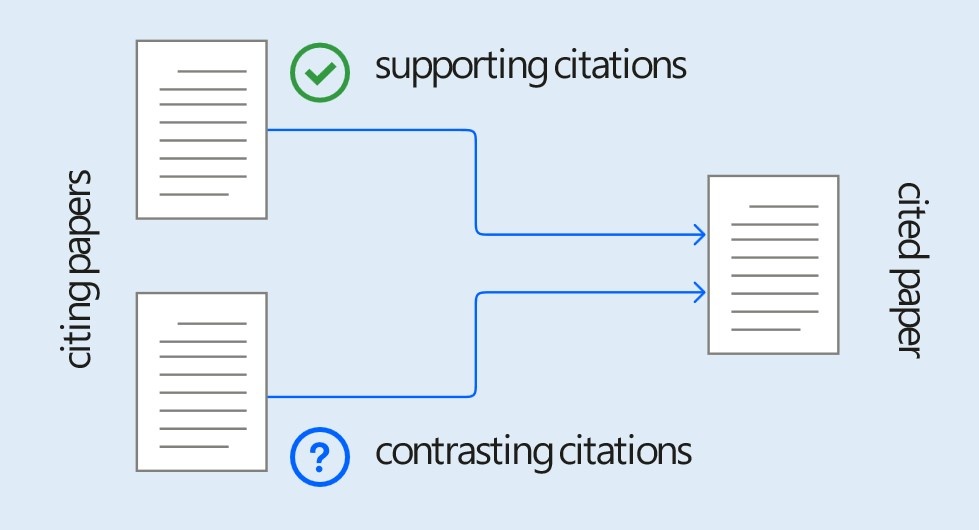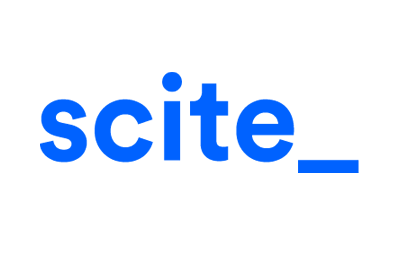Smart citations for better research
The most efficient way to discover and understand research. Using Smart Citations, easily check how a scientific article has been talked about and if its findings have been supported or contrasted by others. Search the largest database of citation statements with over 900M citation statements extracted and analyzed from over 25m full-text articles, plus over 1B traditional citations.
Unlock deep expertise easily
Vizualize Network
Surf the citation web! Discover and evaluate how articles cite each other through interactive scite Visualizations. See a vizual representaion of publications.
Alerts
Stay up to date on how literature is being talked about by setting alerts for new publications and citations. Alerts can be made for authors, journals, institutions, or publications.
Dashboards
Evaluate institutions, journals, researchers and more with dashboards that show how groups of publications have been supported. Create your own dashboards and track publications of interest.
Upload a Manuscript
Upload a PDF to check if the references have been supported, contrasted, retracted, received an expression of concern, etc.
Browser Extension
The scite browser extension for Chrome, Firefox, or Safari allows you to easily see how articles have been cited anywhere you’re reading online.
A new peer-reviewed paper is published every 4 minutes
An estimated 50-90% of scientific reports cannot be independently verified
Scholarly metrics are all based on impact, no indication of reliability

Recieved supporting Confidence 93%
Find supporting and contrasting evidence on any topic
Using scite is the only way to discover if studies have been verified and are reliable at scale. Search over 118m (our doi data count ie. reports) publications to find out how they have been recieved.
“…Compared to the diploid parental line, the frequencies of chromosome missegregation and micronuclei formation were significantly elevated in most PTA clones (Figure 2A) but not in the tetraploid line (Figure 2A). In agreement with previous work (Nicholson et al , 2015), the trisomic clones showed similar aberrations, albeit to a lesser extent (Supplemental Figure S2B). Furthermore, we observed an increase of structural aberrations in PTA lines and, consistent with earlier work (Kuznetsova et al 2015; Passerini et al, 2016) also in trisomic clones (Figure 2B).…”
Quantitative proteomic and phosphoproteomic comparison of human colon cancer DLD-1 cells differing in ploidy and chromosome stability Christina Viganó, et al. 2018 Molecular Biology of the Cell Section: Results



